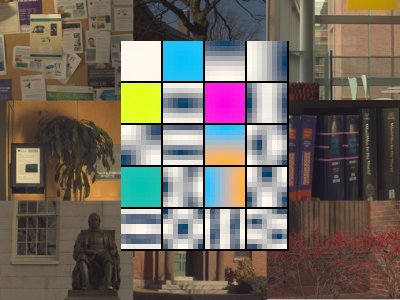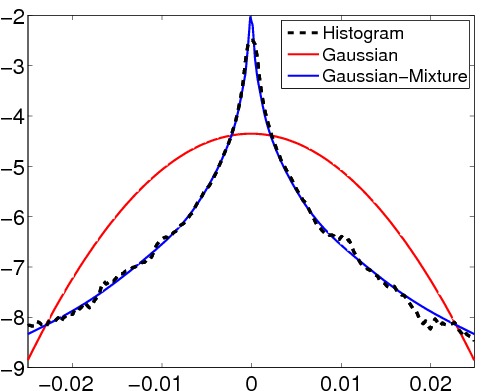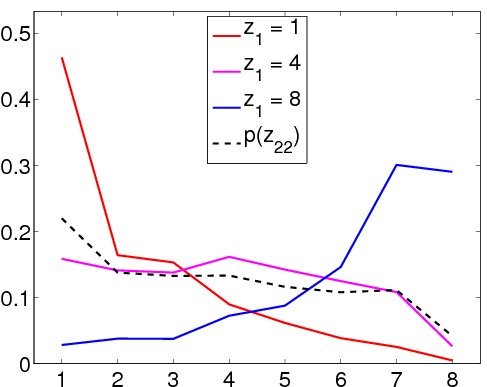





Abstract: Hyperspectral images provide higher spectral
resolution than typical RGB images by including per-pixel irradiance
measurements in a number of narrow bands of wavelength in the visible
spectrum. The additional spectral resolution may be useful for many
visual tasks, including segmentation, recognition, and
relighting. Vision systems that seek to capture and exploit
hyperspectral data should benefit from statistical models of natural
hyperspectral images, but at present, relatively little is known about
their structure. Using a new collection of fifty hyperspectral images
of indoor and outdoor scenes, we derive an optimized "spatio-spectral
basis" for representing hyperspectral image patches, and explore
statistical models for the coefficients in this basis.
Paper: PDF BibTeX
Database: Download Explore
Contact: ayan [dot] chakrabarti [at] gmail [dot] com